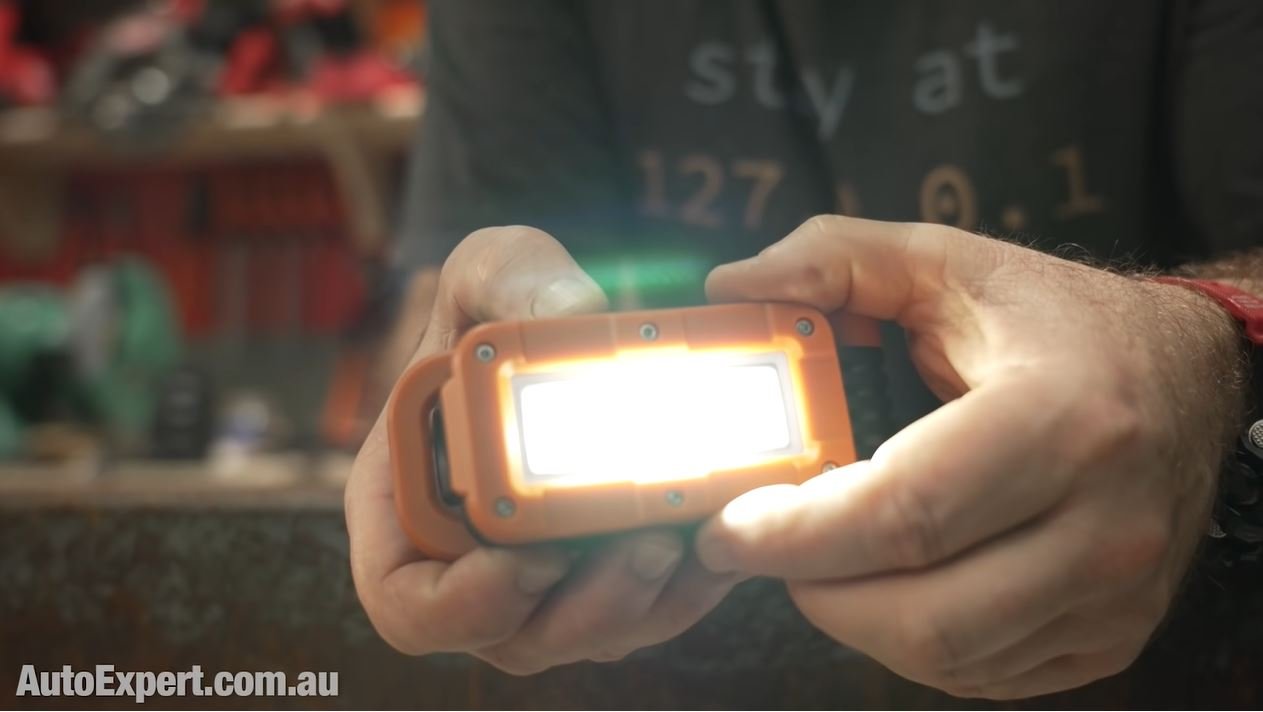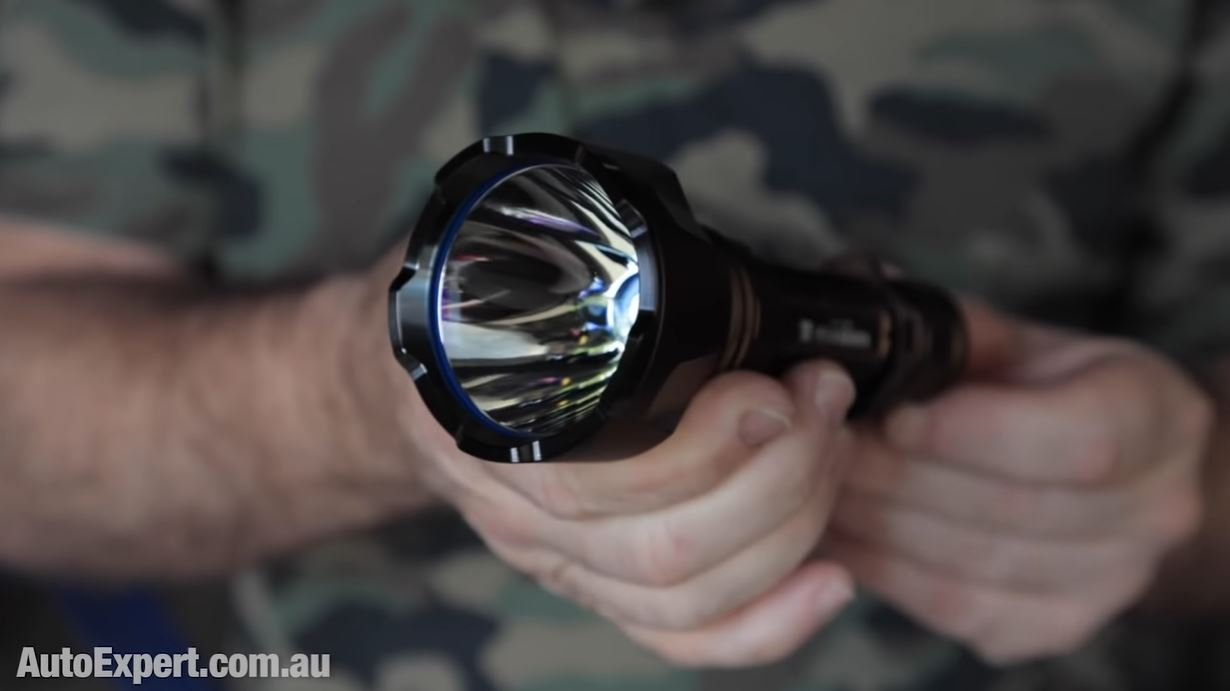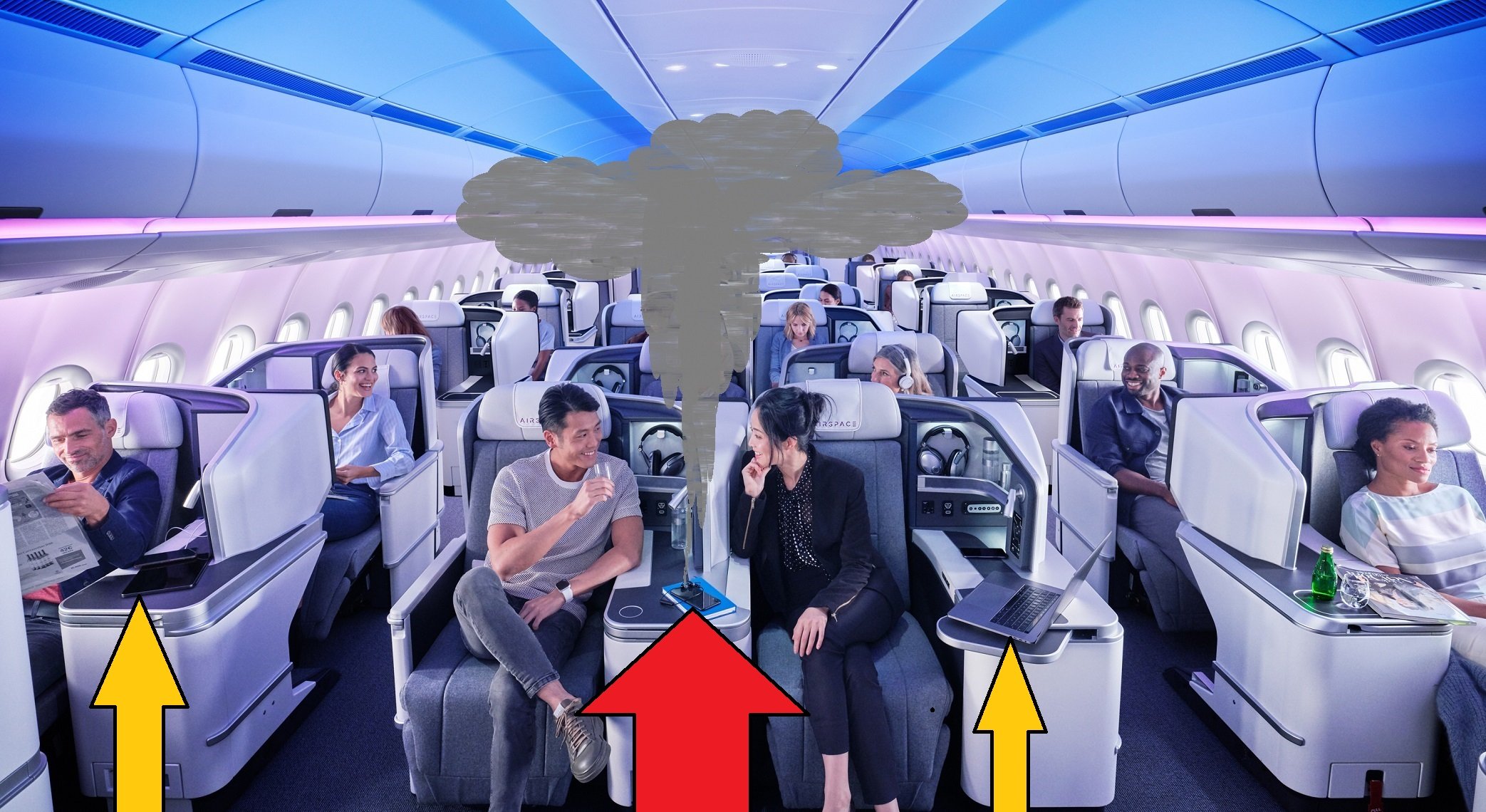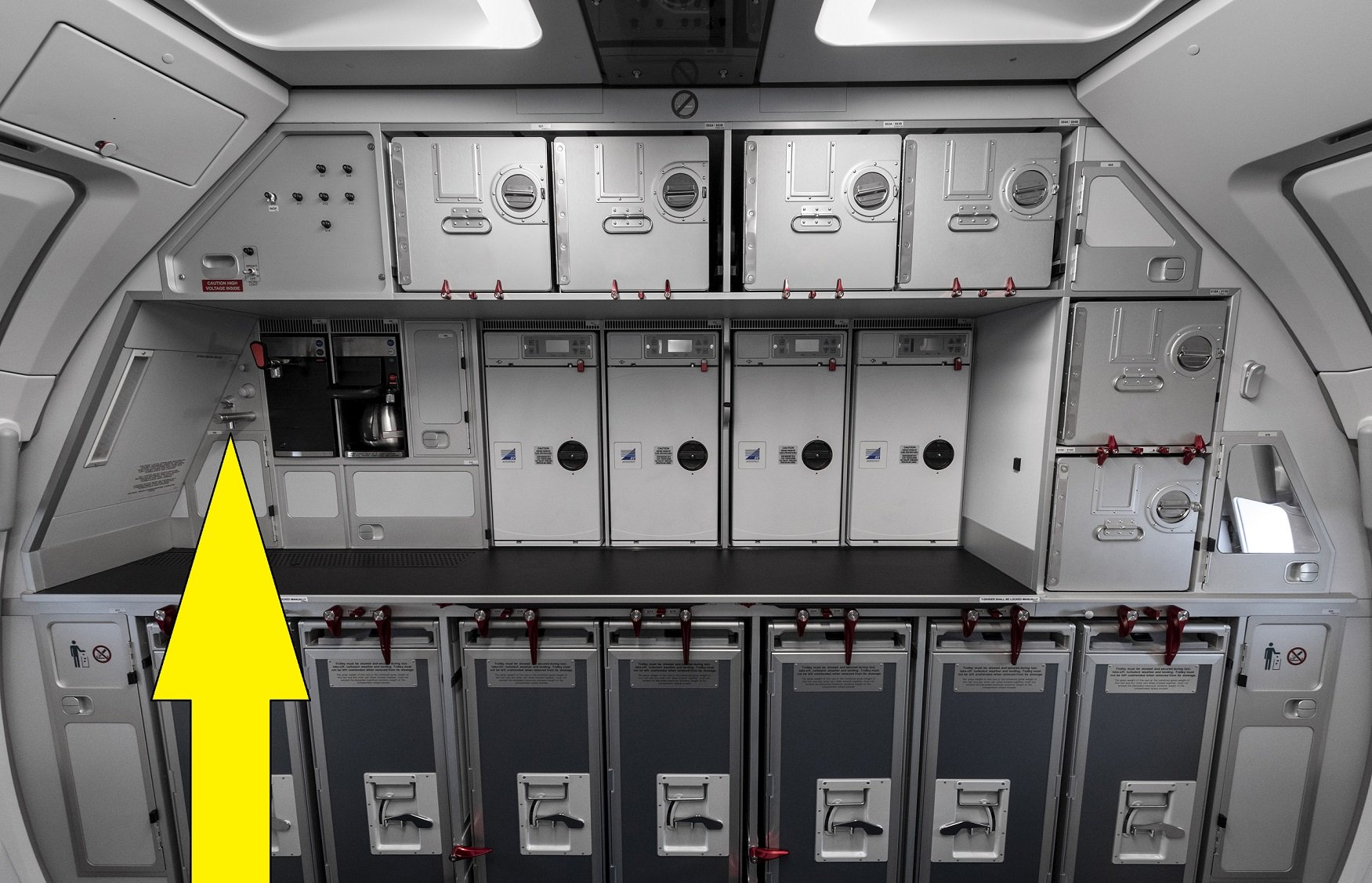Felicity Ace and EV Battery Thermal Runaway: Potential disaster hidden in every electric car
When it comes to battery design deficiency, the electric Porsche Taycan and many other EVs have a potential design defect. Here's the truth about what probably really happened on the Felicity Ace cargo shop...
Felicity Ace, up until recently, was a dirty big car-carrying cargo ship about 200 metres long, carrying thousands of Volkswagens and its derivatives - Porsches, Lamborghinis, Audis, etc. Imagine that.
Felicity Ace left Germany earlier in 2022, and was pleasantly chugging through the North Atlantic, mid-winter, slightly to the east.
Its cargo was dreaming of the hapless Americans who would soon be taking ownership because they just didn’t know any better, despite this helpful 2017 news release from the US Department of Justice confirming the Volkswagen’s inherent criminality. Click to view:
Click to enlarge. Source:
And then, just like that, on 16 February, a fire broke out, deep inside Felicity, and could not be extinguished. The crew were evacuated by Portuguese maritime rescue authorities. That’s the silver lining to this story: nobody died. But subsequent attempts to control the blaze failed.
Then, on about Wednesday of last week, as Felicity was being towed, the mighty ship took on a massive amount of water, lost all stability and sank in about 3500 metres of Atlantic Ocean.
Felicity Ace, afloat and shot by Alf van Beem in 2007, courtesy of Wikipedia.
Felicity is down there now, with 4000 burnt-out cars, plus of course 2000 tonnes of oil, and about 2000 tonnes of fuel on board, doubtless later to be liberated catastrophically into the environment, together with a bunch of lithium hexafluorophosphate.
Well done, Volkswagen. Again. From Dieselgate in 2015:
To gassing those helpless monkeys in the name of marketing in 2018:
To ruining the climate and causing a drought in Mexico with those cannons:
Every time there’s an automotive environmental catastrophe, Volkswagen is there, seemingly, leading the charge, making things happen.
So, there is speculation as to the cause of the fire. Frankly, we’ll probably never know. This speculation is levelled at the batteries in the electric Porsches - but I think we should put the cause to one side and look instead at the severity and the consequences of this conflagration, and - heaven forbid - highlight the obvious.
This is something a media outlet keen for future advertising revenue from Volkswagen, Porsche, Audi, etc., would never do.
But I will, with joy in my heart.
My AutoExpert AFFORDABLE ROADSIDE ASSISTANCE PACKAGE
If you’re sick of paying through the neck for roadside assistance I’ve teamed up with 24/7 to offer AutoExpert readers nationwide roadside assistance from just $69 annually, plus there’s NO JOINING FEE
Full details here >>
AutoExpert DISCOUNT OLIGHT TORCHES
These flashlights are awesome. I carry the Olight Warrior Mini 2 every day - it’s tiny, robust, and super useful in the field or in the workshop. Olight is a terrific supporter of AutoExpert.
Use the code AEJC to get a 12% discount >>
ELECTRIC VEHICLE BATTERY FAILURE BASICS
Let’s start at the beginning. When you turn on your electric kettle to boil the water for your morning coffee, there are regulations that prevent it from exploding. When you go to sleep at night, you expect that the TV will not melt down and burn your house, and you, to ashes. Regulations, right?
But unfortunately, when it comes to new technology, the technology comes first, and a few disasters have to happen in order for the slow process of regulation to be implemented. Governments, right?
And you’ve always got highly funded corporate accountants attempting to subvert the whole system of environmental and consumer protection and safety regulation, just to save a cent, here and there, and thus elevate the stock price.
Just look at those A-grade decision-makers from Boeing and the monstrous wickedness surrounding their conduct in respect of the 737 Max if you want to see that process in action, and why it’s so emphatically disgraceful.
The batteries in electric cars are properly dangerous things. (Not that 70 litres of gasoline is in any way benign - we’re just more practised at dealing with that safely.) You’ve got everything you need for a substantial disaster in an EV - lots of stored energy, many potential failure modes, and there’s essentially nothing you can do when you become aware of a problem.
The so-called ‘battery’ in a modern EV is actually a sealed structural aluminium enclosure. It contains individual cells, usually 3.6 volts each, wired up in sub-assemblies to produce modules. The modules are bolted into an array inside the enclosure, and that array is where the electricity - usually about 400 volts or so - for tractive effort - actually comes from.
So, if there’s a problem, like your garage catches fire and your EV is inside it, at no fault of the EV, that’s still bad. If there’s a crash, also not your fault, some arsehole T-bones you going through a red light. Mechanical damage to the battery could cause a short circuit, also bad.
Similarly, if there’s a manufacturing defect, like contamination in the materials, a tiny defect in the wiring, a loose bolt, a bit of swarf, an over-tightened bolt that fatigues in three years, maybe some minor component fails, that’s all bad. There are hundreds of cells in your average EV battery, and if just one cell gets sufficiently overcharged, or discharged, or charges too quickly, or if the battery cooling system fails in some way at a fast charger, perhaps, that’s bad.
For all the resources built into an electric vehicle, there’s no battery fire suppression system.
Now, let’s define bad. Lithium-ion batteries are susceptible to a literally red hot phenomenon known as a ‘thermal runaway’. This is a really neat sciencey concept, like Chernobyl, 36 years ago.
When a cell overheats from any of these potential causes, the heat generated inside the cell quickly gets to the point where the adjacent environment cannot absorb it any longer. The temperature increase gets exponential, which causes a bunch of catastrophic problems. The pressure inside the cell spikes. It can rupture and liberate violent projectiles.
Note that a campfire, or your log fire at home, your oven, your barbecue, does not do this. These things never get to a point where the environment cannot absorb the heat generated.
Essentially, if your EV catches fire one day, get everyone out and as far away as possible, as quickly as possible. Do not return to it, even if the fire appears to calm down. It’ll be full ballistic PPE for the firefighters, too.
That one cell that fails? The heat jumps quickly to the adjacent cells, and the process repeats. The electrolyte decomposes exothermically (that is - it generates its own heat) and it liberates oxygen gas in the process. This is a fire you cannot fight by depriving it of oxygen, incidentally, because it’s manufacturing its own. You have to cool it down.
The process is worse than the domino effect. Because one domino typically knocks over only one additional domino in a conga line. In this EV battery cell failure process, one domino knocks over two dominos and those two knock over two each, and 20 iterations of the process later, roughly one million dominos are down. All in the same time as the normal domino effect only knocks over 20 dominos.
It’s that kind of event. It's a thermal runaway.
One cell therefore quickly consumes the module, then the whole battery gets consumed. The fire jumps from vehicle to vehicle and the whole situation becomes so severe that it engulfs a 200-metre-long ship that’s probably 10 stories high and designed to support thousands of tonnes of cargo and survive the bending and torsional stresses of huge, rolling seas, for decades, with walls inches thick, to the bottom of the ocean, ultimately.
One tiny cell manages all that.
You cannot fight a fire like this, in practice. Certainly not on a ship. Water is an awesome thermal shock absorber, but the battery in an EV is encased in a waterproof box, so intervening early, with water, is absolutely out of the question.
And then when you’ve got a fully-fledged maritime disaster on your hands, with helicopter crews risking their lives to save 22 people on board, the amount of water you’d need to fight the fire, to take the heat out of the system, would exceed what the vessel can withstand taking on, from a stability viewpoint.
Don’t just take my word for any of this. Google ‘William Walker from NASA’. He’s the propellerhead tasked with research into thermal runaway prevention in batteries for the space agency.
Victoria Hutchison from the US National Fire Prevention Association is also pretty interesting on this point, specifically in regard to the Felicity Ace, if you want to know more about thermal runaway.
The point is the risk of thermal runaway is known. You can also expect thermal runaway is a known risk and it impacts you because you’ve flown on a commercial plane.
Airlines understand the risk of battery thermal runaway in flight. According to Qantas, whose motto should be ‘we don’t crash’ (but isn’t, because they lack the communicational bravery), the flight limit for batteries is 160Wh. This is a big deal for video crews with Vee-mount batteries.
No more than two spares can be carried, per passenger, in the 100Wh-160Wh range. Lithium-ion batteries (and there’s one in your phone, tablet, earbuds, smart watch, laptop, etc.) need to be carry-on only. You must not check them in. The terminals must be taped on the bigger, loose ones. That’s so they can’t short-circuit inside your bag. You must declare them on check-in. Irrespective of the size, 20 batteries per passenger is the maximum allowed.
In theory you could board a plane with 18 x 98 Wh + 2 x 158 Wh, for roughly 2 kWh in total. But in practice you’d be over the check-in baggage mass limit if you tried that.
Airlines are properly cautious about onboard thermal runaways from lithium-ion batteries, and we should all be very grateful they are.
Pro Tip: If you’re on a plane and someone’s bag catches fire, starts smoking, whatever, hands-down it’s a battery. Drag the bag to the galley. Empty it on the floor. Find the battery. Use water - as much of it as you can. Submerge that smoking hot battery that’s trying to kill you all. The aim is to keep it cool. Absorb the heat. With water.
Get the battery in as big a container of water as you can. The stainless steel sink in the galley is a good option for this. Leave it in there even after it ‘goes out’.
That’s because they have this nasty habit of bursting into flame again.
The battery in a Taycan is roughly 500 to 600 times more energy than your typical 160Wh camera battery.
Perversely, I’m unaware of any mandated EV battery thermal runaway prevention standard. I think carmakers are just putting batteries together, making it up, and hoping for the best in-service. So, you Taycan owners get to be Volkswagen’s lab rats/monkeys on that. Enjoy.
The battery in a Taycan is roughly 500 to 600 times more energy than your typical 160Wh camera battery.
Perversely, I’m unaware of any mandated EV battery thermal runaway prevention standard. I think carmakers are just putting batteries together, making it up, and hoping for the best in-service. So, you Taycan owners get to be Volkswagen’s lab rats/monkeys on that. Enjoy.
Hoping for the best, it’s unlikely to be forthcoming, when you’ve got accountants up on a pedestal at the likes of Volkswagen, potentially doing a ‘Boeing’. Accountants whose only job is to cut costs as aggressively as possible. These people are the shot callers in modern car companies like Volkswagen, and I’m tipping they do not give a damn about your safety.
I’m also unaware of any systematic safety procedures for the shipping of such Taycans - or any other electric vehicle. Pretty clearly, Exhibit A for the prosecution of the case that these standards and procedures are either inadequate or do not exist is the Felicity Ace, currently sitting on the floor of the Atlantic, waiting to belch its sea of toxic bunker fuel-oil and its endless cargo into the ocean.
What’s the bet that all the Taycans were parked together, onboard, door handle to door handle? Because a minimum safe separation for shipping would cost a lot more, I’m anticipating. Volkswagen is (of course) enthusiastically not commenting on this disaster.
This is how the shipping industry packs cars onto a roll-on/roll-off cargo ship.
Any comments they have made focus on getting replacement vehicles into the hands of eager customers - as if the risk to rescuers and crew, and the environmental catastrophe, simply does not exist. Think of all the resources used to build those vehicles, and that ship, all wasted. How many ‘zero emission’ ID.4’s does Volkswagen have to sell to break even on the pollution saved versus created?
Just to be clear, I’m not suggesting with any certainty that a Taycan just spontaneously caught fire, mid-voyage. It might have, certainly. It may not have. We’ll never know. But while any fire could have started the problem, the presence of those Taycans made that fire much worse.
Three things are certain:
One: A fire occurred for some reason, and the severity of it was much greater than the crew (or anyone else) was equipped to deal with.
Two: Whatever systematic fire suppression systems and procedures were in place, they failed. They failed catastrophically.
Three: The cause of that unprecedented fire severity was the thermal runaway effect of the EV batteries in those electric Taycans. There is no other reasonable conclusion.
Back in the domain of speculation, one tiny 3.6-volt cell, probably made in China for a couple of bucks, from the lowest tenderer who got the whole contract, could have caused close to one billion dollars in damage, not including the stark environmental cost of this disaster.
And I haven’t heard anyone call for better safety standards for EV batteries, specifically a mandated thermal runaway protection standard. I’d be surprised if there was a thermal runaway resistance FMVSS or UNECE regulation, and guaranteed there’s no Australian Design Rule, because: Australia.
At least we can count on Volkswagen; you’ve done it again.
































The Hyundai Palisade is a big, comfortable holiday machine for growing families and offers excellent value, generous 8-seat SUV space, and practicality on par with LandCruiser - but it’s $30K more affordable.